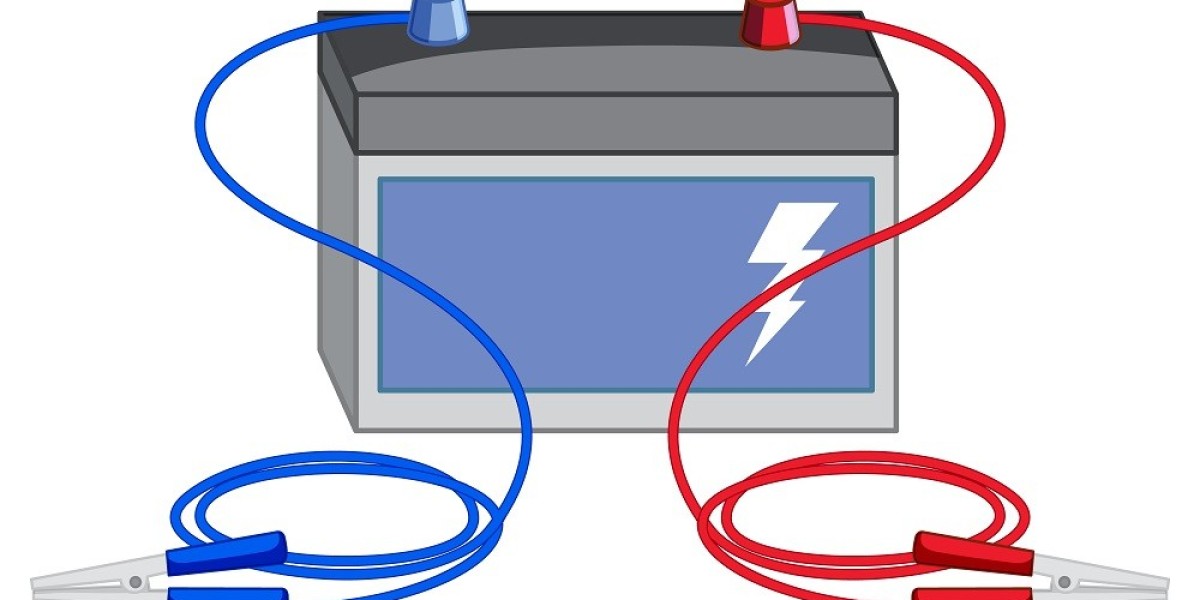The high energy density and load capacity are some of the notable features of lithium-ion batteries. Moreover, owing to the increasing demand for enhanced battery life in different applications areas such as transport and consumer electronics, various companies have invested significantly in R&D in order to make advanced lithium-ion batteries. The efficiency of lithium-ion batteries depends on its various components – cathode, anode, and electrolyte.
Read Report Overview: Next-Generation Anode Materials Market
The research study focuses on unleashing the innovations in anode electrode of lithium-ion battery and aims to put forward a clear picture of the current consumption and future growth potential of different next-generation anode materials. The current technology revolves around the usage of graphite as an anode material. However, this chemistry, though found in abundance, is not sufficient to cater to the rising demand for high energy storage by end-user applications in the industry. A battery must be able to sustain high power and resistance, have long shelf life and durability, and other such benefits. Some of the next-generation anode materials that can offer the aforementioned advantages to certain extent are silicon/silicon oxide blend, silicon-graphene, silicon-carbon composite, and Lithium titanium oxide (LTO).
The next-generation anode materials market was estimated at $1.3 billion in 2019 and is projected to grow at a CAGR of 16.91% during the forecast period, 2020-2030.
Currently, these materials are not produced at a scale similar to the traditional graphite-based anode materials, as they are still in the development stage. Besides, partnerships and collaborations at an industry level are highly witnessed among the key players to bring improvements in their next-generation anode material products.
However, currently, no single technology of these anode chemistries wins along the dimensions of being energy efficient, risk free, and cost effective, all at the same time. Choosing a technology that optimizes performance along all dimensions mainly depends on the application areas. For instance, the LTO technology is a high-performance option with a good life span and can be used for high energy application areas such as electric buses, construction vehicles, and power tools. On the other hand, the silicon/silicon oxide blend technology possesses high energy density but faces issues with its volume expansion, which thereby limits its commercialization on a large scale.
Silicon/Silicon Oxide Blend Anode Dominates Global Next-Generation Anode Materials Market (by Material Type)
The materials that are identified as next-generation anode materials are silicon/silicon oxide blend, silicon-carbon composite, silicon-graphene, lithium titanium oxide, and lithium metal, among others. These materials owing to their distinguished characteristics are expected to bring a disruption in the existing market of anode materials in the coming ten years. Major consumption of silicon/silicon oxide blend anode material could be expected in the coming five years. These next-generation anode materials are anticipated to cannibalize a significant share of existing pure graphite and carbon anode materials in the global anode materials market over the next ten years.
The research focus of this study is restricted to finding innovative anode materials that have the potential to disrupt the ongoing trends in the battery industry. The market research study offers a wide perspective of different next-generation anode materials used by lithium-ion battery manufacturers. The report also provides an analysis of the market penetration of next-generation anode materials in different applications and their growth opportunities across different regions as well as countries. The study focuses on the changing landscape of the next-generation anode materials market, owing to the significant developments made by the leading players.
Request A Free Sample: https://bisresearch.com/requestsample?id=1000&type=download
Key Questions Answered in this Report:
- Why should an existing anode material manufacturer consider venturing into the next-generation anode materials market, and what are the future growth opportunities?
- For a new company looking to enter the market, which areas could it focus upon to stay ahead in the competition?
- How do the existing market players function to improve their market positioning?
- Which are the promising companies that have obtained financial support to develop their products and markets?
- How does the supply chain function in the next-generation anode materials market?
- Which companies have been actively involved in innovation through patent applications, and which products have witnessed maximum patent applications during the period 2014-2020?
- How major an impact will the next-generation anode materials have in 2030 on the market share of the existing anode materials that occupy the majority of the market?
- Which product segment is expected to witness the maximum demand growth in the next-generation anode materials market during 2020-2030?
- What are the key application areas from which different next-generation anode materials experienced high demand in 2019, and which application areas should be targeted by the manufacturers of different types of products during the forecast period, 2020-2030?
- Which are the players that are catering to the demand for different materials?
- How should the strategies adopted by market players vary for different product segments based on the size of companies involved in each segment?
- What are the key offerings of the prominent companies in the market for next-generation anode materials? Which regions and countries are leading in terms of consumption of next-generation anode materials, and which of them are expected to witness high demand growth during 2020-2030?
- What are the consumption patterns of next-generation anode materials across the application areas in different regions and countries during the period 2019-2030?

